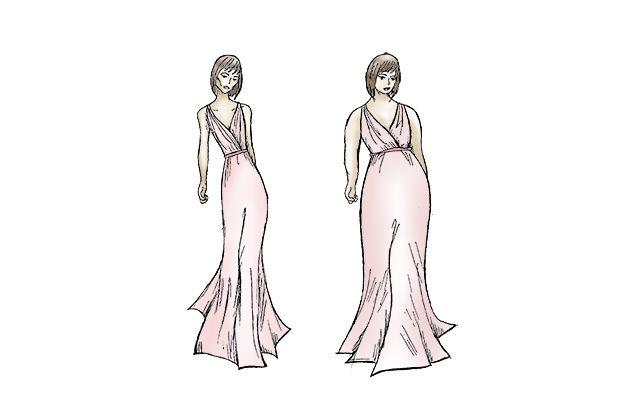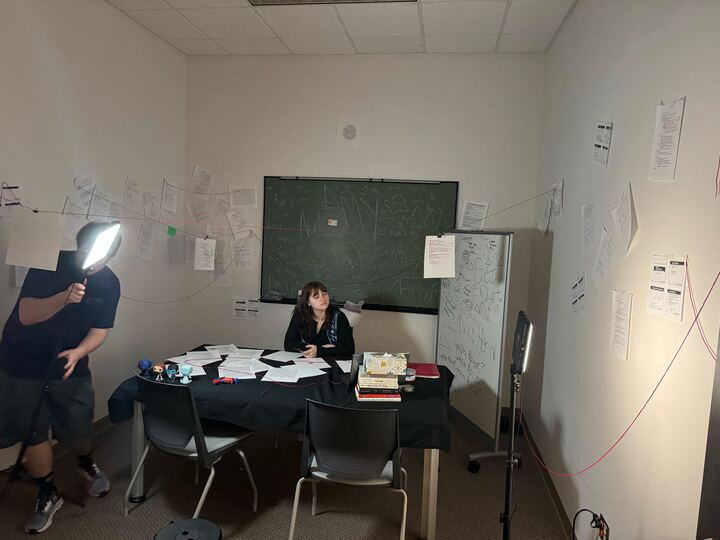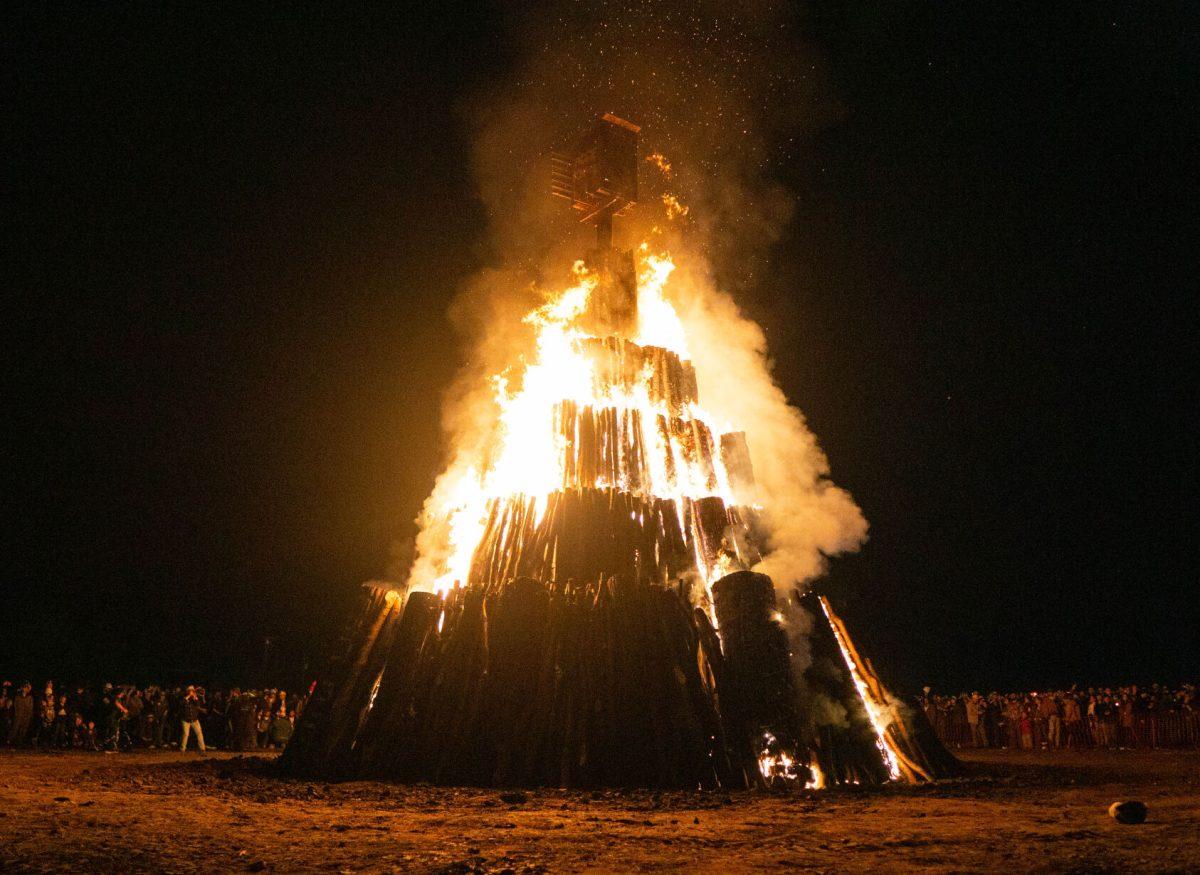In the high-stakes world of fashion, there is a standardized physique models are expected to possess. This uniform body typing can stigmatize different physical builds.
“In Europe, models are called mannequins — it is the literal translation,” said Cheryl Bridges, director of the Center for Retailing Studies. “A mannequin in this country is a stick or wax figure that looks like a person, but it holds the clothes. The idea is to show the clothes and not the person — that is why you don’t see models smiling from the runway. They do not want to distract from the product.”
Bridges spent years in retail for vendors such as Sanger Harris — now Macy’s — and Saks Fifth Avenue in Paris, Milan, London and New York, the fashion hubs of the world. Despite long-standing stereotypes surrounding fashion models, Bridges said the industry is attempting to change.
“The fashion industry is trying to overcome [the model stereotype], and now I know it is in New York and possibly Paris, where they can be fined if they use anorexic models,” Bridges said.
Food science lecturer Rebecca Creasy said when it comes to displaying high fashion and trendy clothing, there is a lack of variation in body shapes.
“It frustrates me, because it is not the majority of what the population looks like,” Creasy said. “There are so many different body types.”
Unfortunately, the general public takes what they see in magazines and social media and uses it as a standard to live up to, Creasy said.
“There are some teenagers that consume too many calories, and then there is another group of teenagers that when they see these thin models, it drives them to emulate them, which can spiral to eating disorders,” Creasy said.
The images of models that drive some to unhealthy eating habits are not an accurate or truthful representation, said Reagan Latimer, marketing senior and president of A-Line Aggies, a fashion organization on campus.
“None of those women look like that,” Latimer said. “They photoshopped everything, and it is common knowledge, but people still think that is how they should look.”
From her internship with Global Brands Group, an international licensing and branding fashion company in New York, Grace Dusek, marketing senior, said she has seen positive changes including larger women being sued as models.
“The mindset used to be, as recently as five years ago, that plus size women did notcare about high fashion or clothes in general, but most of them want to be comfortable,” Dusek said. “There is now a New York Fashion Week Plus, which is an extended week of designers that gear towards that group of people.”
Dusek said the models that are considered plus sized are proud of their bodies and how they are represented in the fashion world.
“They do not see the separation as bad from what I have seen, and as the consumers are changing the successful retailers are listening,” Dusek said. “Plus size modeling is definitely more and more recognized.”
Dusek, however, said she still sees hypocrisies within the fashion industry.
“A thinner woman could wear a graphic T-shirt that says, ‘No exercise, eat fries,’” Dusek said. “She would be praised because someone is not afraid to say what she eats and because the stereotype is that thinner women are always health conscious, but someone heavier would wear that and then face the scrutiny that, ‘you need to watch what you are eating.’”
Creasy said she believes solving this image problem must derive from making the topic of health more prevalent.
“We need a place where we can advocate for a healthier lifestyle in the way that we talk to each other, our kids and our friends,” Creasy said.
Runway model criteria may not change in the future, Dusek said, but markets closer to the average person are adjusting to the diversity of the population.
“For the shows in New York, Paris and Milan, you will not get past the typical model,” Dusek said. “That doesn’t mean designers and companies aren’t listening. Alterations always have to be made, and that is the art form about it.”
Whatever happens, Dusek said she hopes the core focus of the creative business stays true to its roots.
“Hopefully we don’t get so caught up in the negativity that we lose sight of the business and all the good that it does,” Dusek said.









